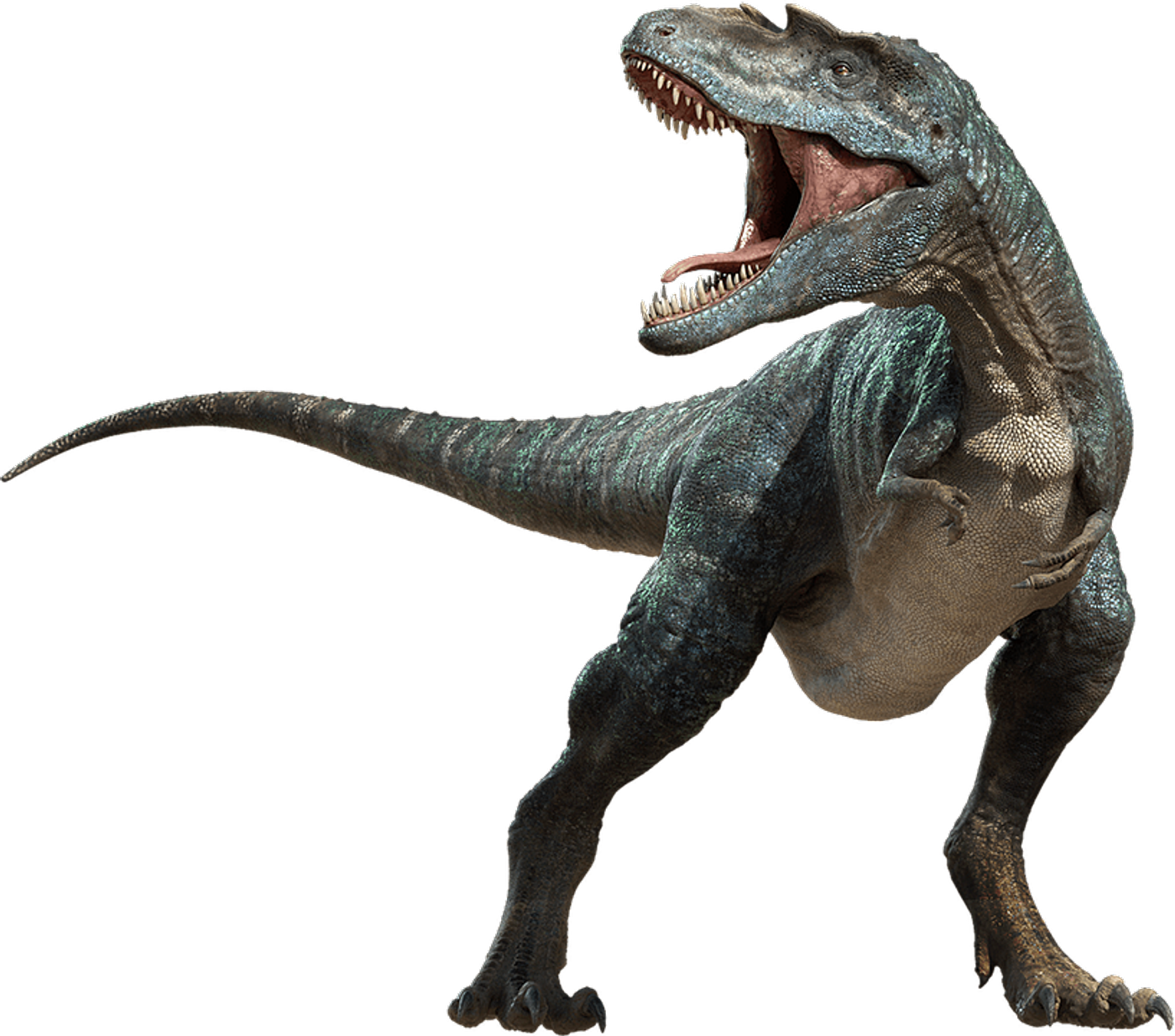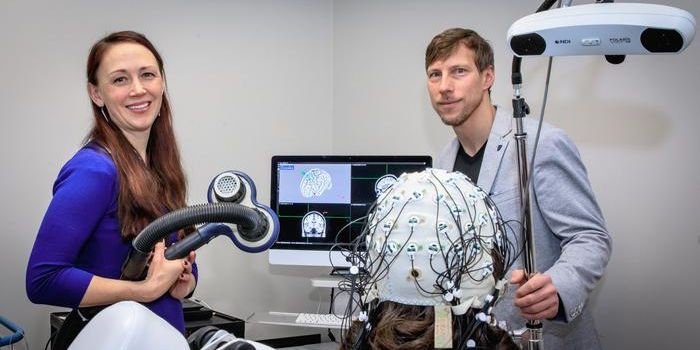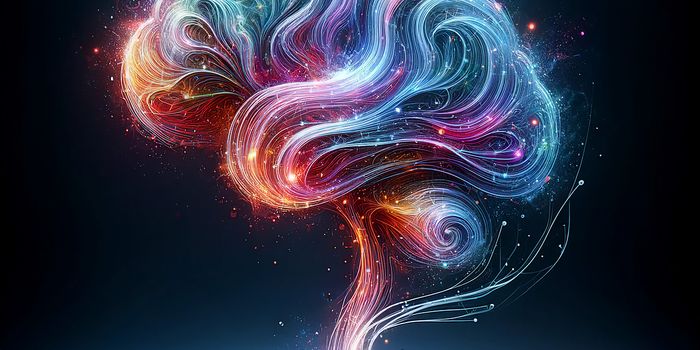Is a T. rex as smart as a baboon?
The Tyrannosaurus rex was most similar to contemporary birds, or so the story went. But last week, scientists reported that when it comes to the brain, the T. rex may have been a lot more similar to modern-day primates.
Suzana Herculano-Houzel from Vanderbilt University suggests that theropods—dinosaurs who are characterized by hollow bones and three toes and claws on each limb—may have a similar number of neurons to baboons. Neurons are, essentially, information messengers. They use electrical impulses and chemical signals to pass information between different areas of the brain, and between the brain and remainder of the nervous system. More neurons can indicate that you are a better learner than a species with less neurons, but there is still a lot unknown with regards to neuron density.
Measuring the so-called intelligence of fossilized animals is a hard task, though has typically been done with something called the encephalization quotient (EQ) which works by measuring an organism’s brain size relative to its body size. T. rex had an EQ of 2.4 where a human has an EQ of about 7.8. Of course, brain and body size oftentimes evolve independently from one another so this is not necessarily a good metric.
In an effort to suggest an alternative metric, Herculano-Houzel posited that the density of neurons within the cerebral cortex (the outer layer in your brain which lies on top of your cerebrum related to intelligence-related tasks) might tell us something about cognitive ability. This had been researched previously in living animals, where brains were dissolved and neurons counted. In fossils, dissolving brains was obviously not possible. Therefore, the researcher took advantage of a recently published database which detailed brain masses of living birds and reptiles. Numbers from this database, combined with estimated brain masses obtained from CT scans of dinosaur skulls, allowed Herculano-Houzel to create an equation. This equation correlated an animal’s brain mass with the number of neurons in the cerebellum (including the cortex).
Results suggest that many theropod brains follow neuron densities of modern birds like ostriches and sauropods (dinosaurs with very long necks and tails, and small heads) are similar to cold-blooded reptiles. Alioramus, a 6-meter-long theropod who lived in modern-day Mongolia, had a similar neuron composition to modern-day capuchin moneys and T. rex had a higher composition than modern-day baboons.
Previous research suggests that T. rex could have lived to around 40+ years and with a higher density of neurons in their brains this may have left time for learning and problem solving—just like primates.
These findings have been seen as contentious, where some paleontologists are excited that there is work being done to better estimate dinosaur intelligence while others argue the estimates are flawed. Until the neuron estimates get sorted entirely, there remains questions about dinosaur intelligence. And, there are other parts of the brain that are important for cognition that aren’t explored here. But, studies like this continue to raise the bar and—even if slightly flawed as some argue—help us understand what life might have been like as a dinosaur.
Sources: Journal of Comparative Neurology (2023), PNAS, Science, Phys.org, Washington Post, IFL Science, Earth.com, Journal of Comparative Neurology (2018)









